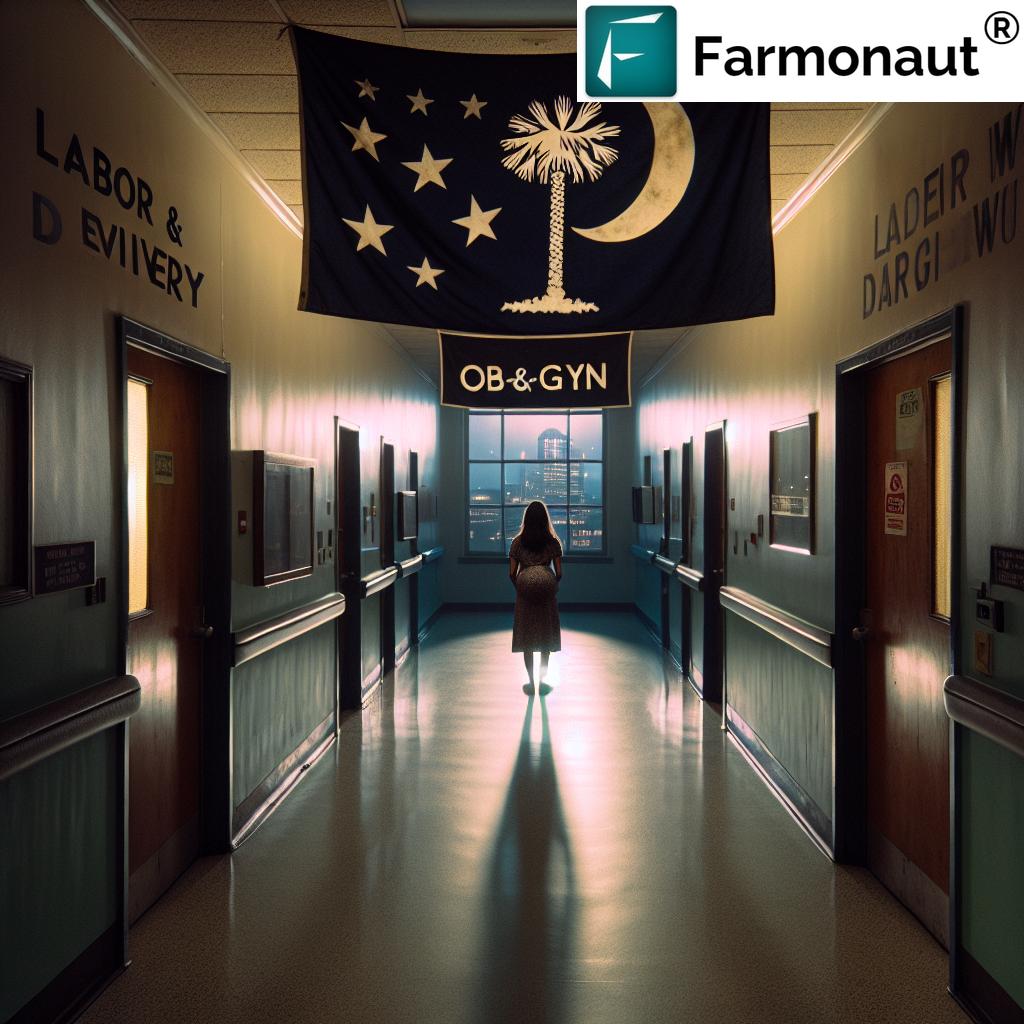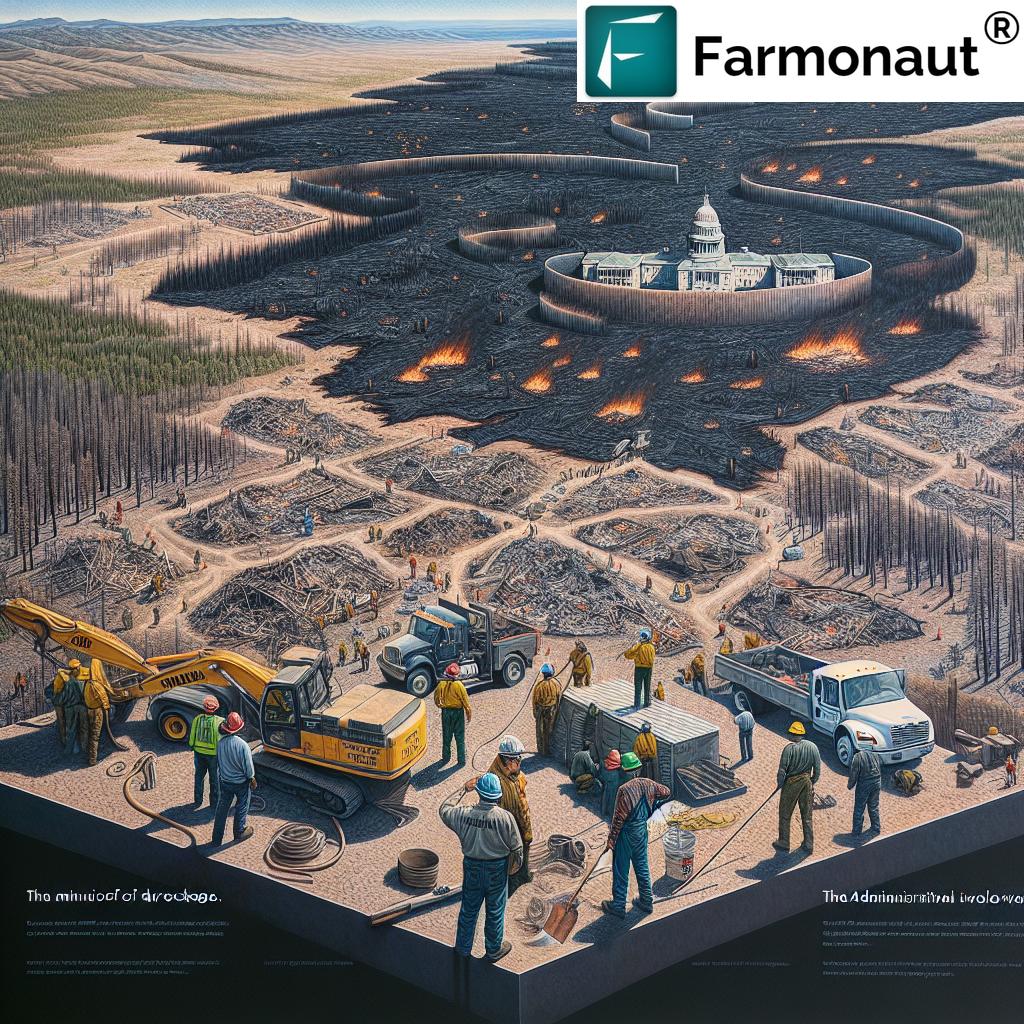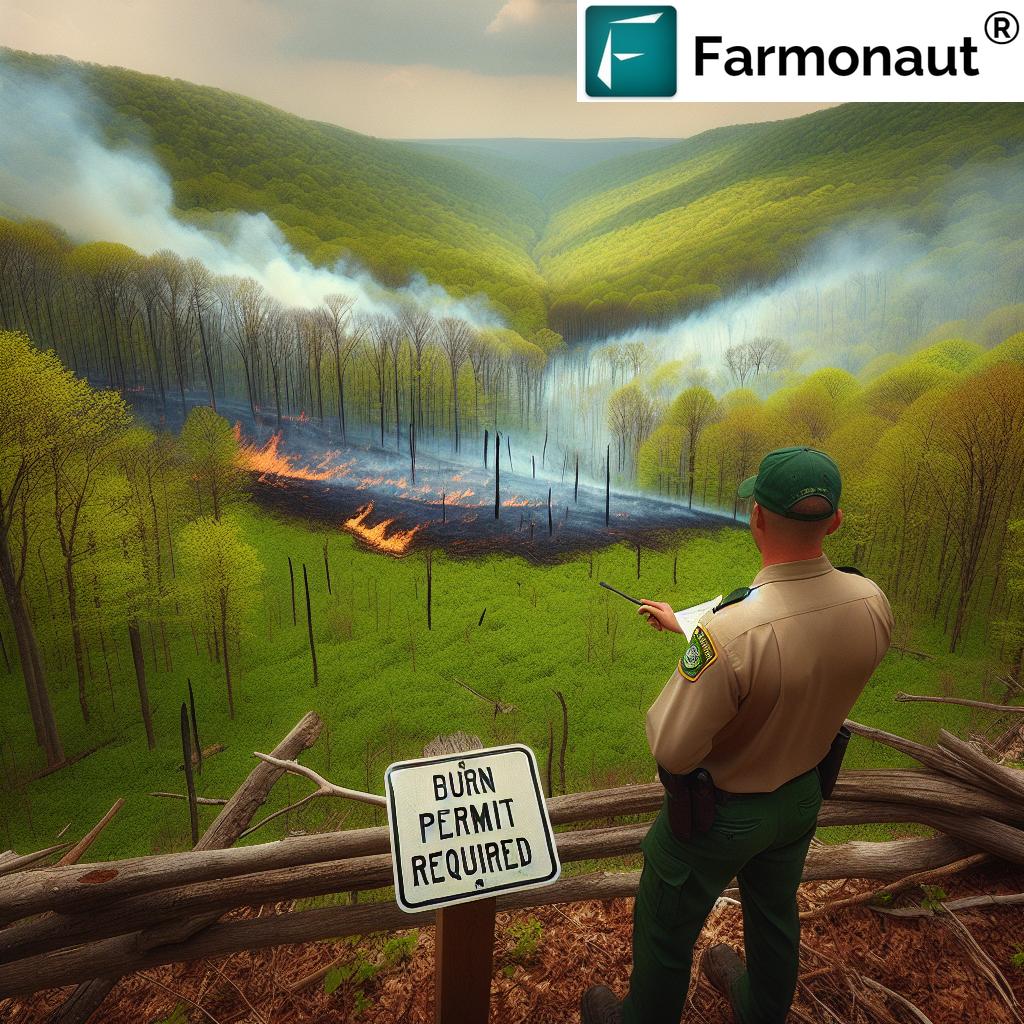Port Townsend’s Balancing Act: Affordable Housing vs. Prairie Park Preservation
“Jefferson County faces a projected demand for 4,000 affordable housing units by 2044, primarily in Port Townsend.”
We, as residents and stakeholders of Port Townsend, find ourselves at a critical juncture where the pressing need for affordable housing collides with the imperative to preserve our cherished natural spaces. The recent Port Townsend City Council meeting brought this delicate balance into sharp focus, igniting a passionate debate that speaks to the heart of our community’s values and future direction.
The Affordable Housing Crisis in Port Townsend
Port Townsend, nestled in the heart of Jefferson County, Washington, is grappling with an affordable housing crisis that threatens the very fabric of our community. The projected demand for nearly 4,000 affordable housing units by 2044 underscores the urgency of the situation. This need is not just a statistic; it represents real people – our neighbors, coworkers, and essential workers who contribute to the vibrancy and functionality of our town.
Council member Amy Howard emphasized this point during the recent meeting, highlighting the critical importance of incorporating strategies into the comprehensive plan to address the housing needs of our local community. The gravity of this issue cannot be overstated, as it affects not only current residents but also the future sustainability and diversity of Port Townsend.
The Camas Prairie Park Dilemma
At the heart of this debate lies Camas Prairie Park, a 58-acre natural treasure that has become the focal point of our community’s struggle to balance development with conservation. The proposal to rezone a 9-acre section of the park for residential development sparked significant opposition, bringing to light the complex interplay between our housing needs and our commitment to environmental stewardship.
“Port Townsend’s Camas Prairie Park contains rare prairie soils, which are part of the Olympic Peninsula’s diminishing prairie ecosystems.”
The park is not just a recreational space; it’s a vital ecological asset. Fred Sharpe, president of Olympic Peninsula Prairies, voiced concerns about the diminishing prairie land in our area. These prairies, with their rare soils and unique ecosystems, are a dwindling resource that, once lost, cannot be easily reclaimed. The ongoing native plant restoration efforts in the park, as highlighted by volunteer Liz Burden, underscore its importance as a nature preserve and a living laboratory for ecological conservation.
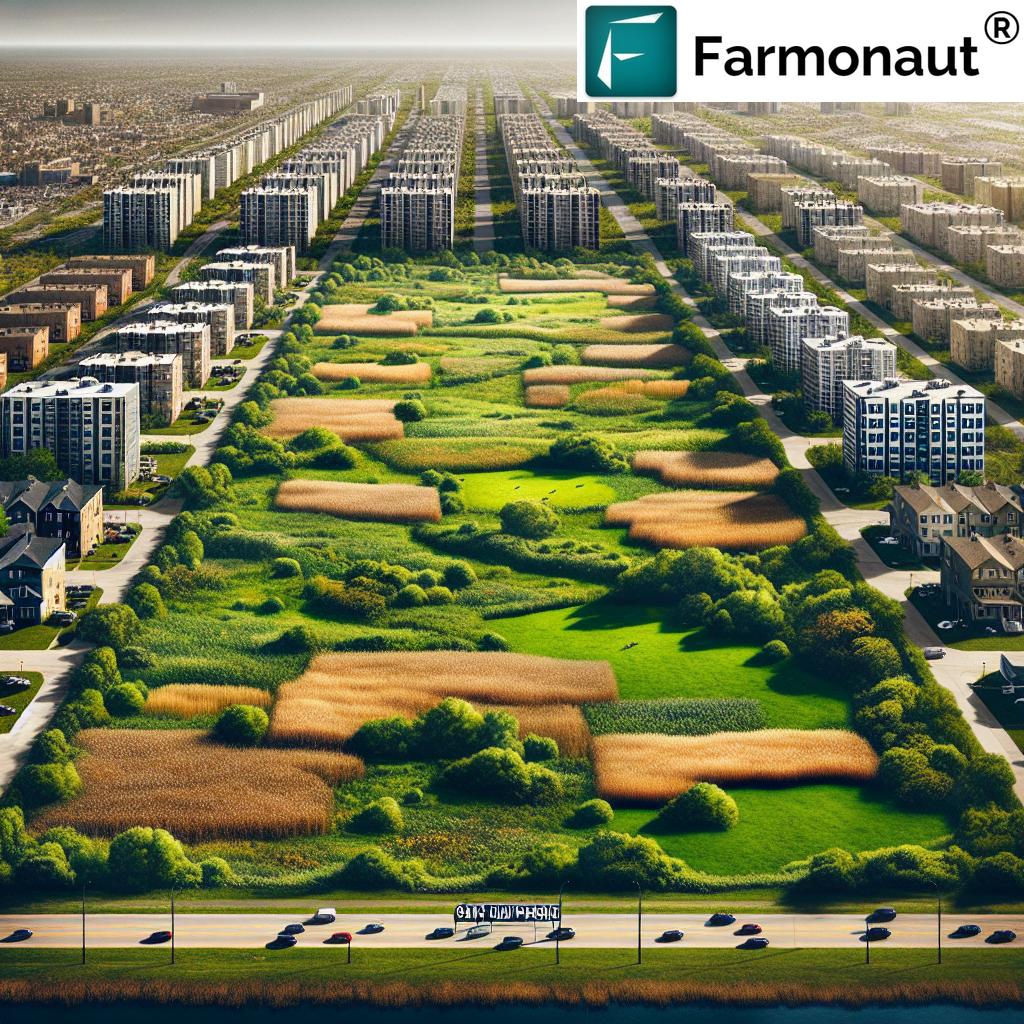
The Cultural and Economic Dimensions
The debate over Camas Prairie Park extends beyond ecological considerations. Public comments during the council meeting highlighted the cultural significance of these indigenous lands, reminding us of our responsibility to honor and preserve the heritage of the area’s original inhabitants. This cultural aspect adds another layer of complexity to the decision-making process, compelling us to consider not just our present needs but also our historical obligations.
Furthermore, the economic value of recreational spaces like the golf course within the park was brought to the forefront. These spaces contribute to the local economy by attracting visitors and providing amenities that enhance the quality of life for residents. The potential loss of these economic benefits must be weighed carefully against the gains of new housing developments.
Voices from the Community
The council meeting served as a platform for diverse voices within our community to express their concerns and hopes. While many echoed the need for affordable housing, they also articulated strong objections to the impact that rezoning would have on the park’s ecological and cultural value. This chorus of voices underscores the deep connection our community has with its natural spaces and the collective desire to find solutions that do not come at the expense of our environmental heritage.
Eric Jones from Housing Solutions Network presented a compelling argument for the urgent need for affordable housing as key to sustaining Port Townsend’s character and economic health. He emphasized that having affordable housing is essential for retaining a diverse local workforce, which in turn supports small businesses and local amenities. This perspective highlights the interconnectedness of housing, economy, and community vitality.
Perhaps one of the most poignant moments of the meeting came from Derek Firenze, who shared his personal struggles with housing insecurity. His testimony of having to move multiple times and resorting to couch surfing due to the lack of affordable options brought a human face to the statistics. It served as a stark reminder of the real-world consequences of our housing shortage and the urgency with which we must address this crisis.
The City Council’s Response
In light of these complex and often conflicting priorities, the Port Townsend City Council made a pivotal decision. They chose not to rezone Camas Prairie Park for residential development at this time, responding to the significant public opposition and the compelling arguments for preservation. However, this decision was not made lightly, nor does it signify an end to the council’s efforts to address the housing crisis.
Mayor David Faber acknowledged the complexity of the discussion and expressed frustration with claims that sufficient attention had been given to affordable housing in the past. His comments highlighted a long-standing awareness of the housing crisis in our community and reiterated the need for immediate action to address it.
The council has committed to updating housing strategies and policies within a framework of staff hours budgeted for specific tasks related to housing density. This approach signals a proactive, albeit cautious, stance towards tackling our ongoing housing challenges while prioritizing the community’s voice in shaping Port Townsend’s future.
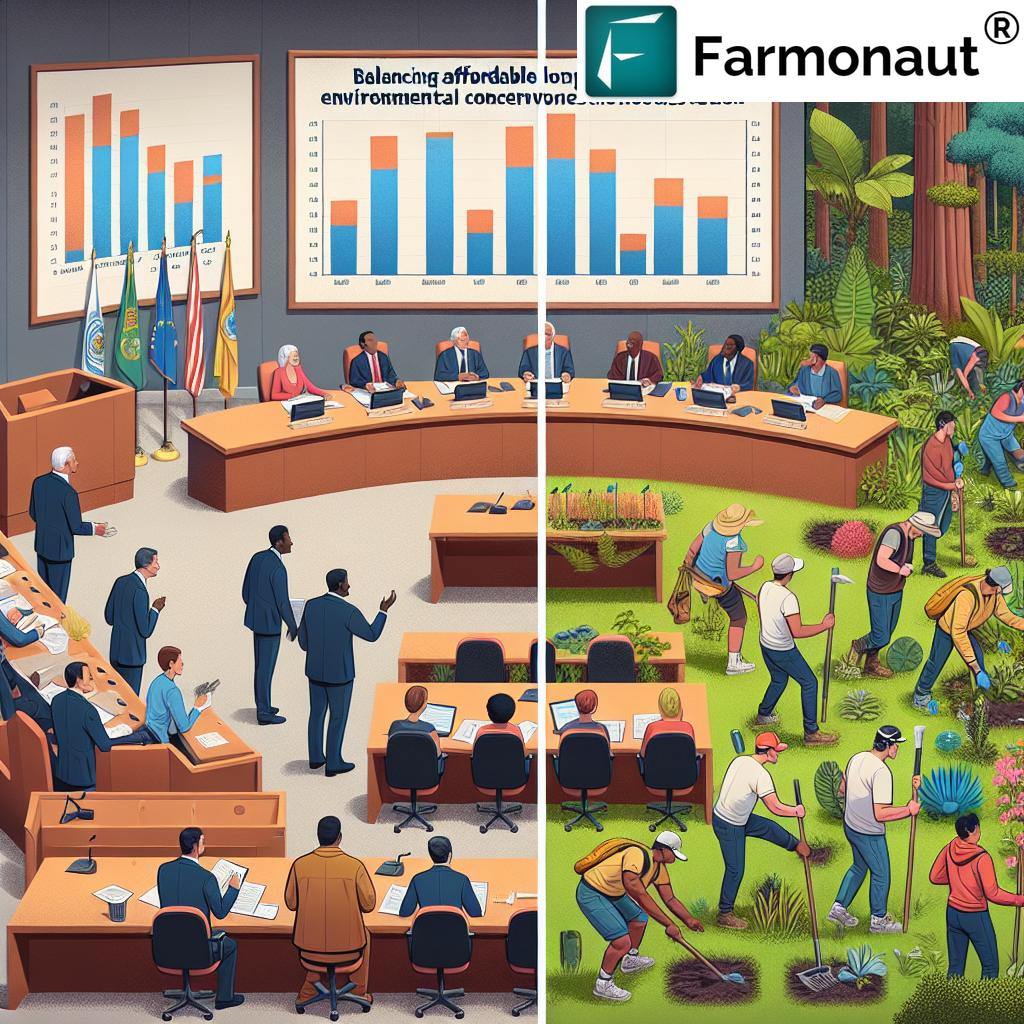
Looking Forward: Strategies and Solutions
As we move forward, it’s clear that innovative solutions will be required to address our housing needs without compromising our environmental and cultural values. Here are some strategies that have been proposed or are being considered:
- Increasing Urban Density: Focusing on infill development and increasing density in already developed areas could provide more housing without encroaching on natural spaces.
- Adaptive Reuse: Converting underutilized buildings or spaces into residential units could offer creative housing solutions.
- Community Land Trusts: Exploring models that separate land ownership from building ownership to keep housing permanently affordable.
- Tiny Home Communities: Developing small-scale, eco-friendly housing options that have a minimal environmental footprint.
- Public-Private Partnerships: Collaborating with developers to create mixed-income housing projects that include affordable units.
The Role of Technology in Urban Planning
As we grapple with these complex issues, it’s worth noting the potential role of technology in helping us make informed decisions about land use and urban planning. While not directly related to our current situation, innovations in agricultural technology, such as those offered by companies like Farmonaut, demonstrate how satellite imagery and data analysis can be used to monitor and manage land resources effectively.
For instance, Farmonaut’s satellite-based monitoring systems, typically used for crop health assessment, could potentially be adapted to urban planning contexts. These technologies could help city planners analyze land use patterns, identify suitable areas for development, and monitor the health of our urban green spaces and prairies.
While Farmonaut’s primary focus is on agricultural applications, the principles of data-driven decision-making and resource management that underpin their technology are increasingly relevant to urban planning and conservation efforts. As we continue to navigate the challenges of balancing development with preservation, such technological tools could provide valuable insights to inform our strategies.
Community Engagement and Participation
The passionate response to the Camas Prairie Park rezoning proposal demonstrates the deep engagement of our community in shaping Port Townsend’s future. This level of civic participation is a strength we must continue to nurture and leverage as we work towards solutions.
Moving forward, it will be crucial to maintain open channels of communication between the city council, planning commission, and residents. Community workshops, public forums, and participatory planning sessions could help generate creative ideas and build consensus around future development plans.
The Broader Context: Regional and State-Level Initiatives
Port Townsend’s housing challenges are not unique, and it’s important to consider our efforts within the broader context of regional and state-level initiatives addressing affordable housing and conservation. Washington state has implemented various programs and policies aimed at increasing affordable housing stock while protecting natural resources.
Some relevant initiatives include:
- The Washington State Housing Trust Fund, which provides funding for affordable housing projects.
- The Growth Management Act, which aims to concentrate urban growth in designated areas while protecting rural lands.
- Various tax incentives for developers who include affordable housing units in their projects.
By aligning our local efforts with these broader initiatives, we may be able to leverage additional resources and support for our housing and conservation goals.
Economic Considerations
The affordable housing crisis in Port Townsend is not just a social issue; it has significant economic implications for our community. A lack of affordable housing can lead to:
- Difficulty for local businesses in attracting and retaining workers
- Increased commute times and transportation costs for those who work in Port Townsend but cannot afford to live here
- Reduced economic diversity, potentially impacting the vibrancy and resilience of our local economy
On the other hand, preserving natural spaces like Camas Prairie Park contributes to our economy through:
- Attracting tourists and visitors who appreciate our natural beauty
- Enhancing property values in surrounding areas
- Providing ecosystem services such as flood mitigation and air purification
Balancing these economic factors will be crucial as we move forward with our comprehensive plan updates and housing strategies.
Environmental Stewardship and Sustainability
The debate over Camas Prairie Park underscores the importance of environmental stewardship in our community. As we consider solutions to our housing crisis, we must also keep in mind the broader environmental challenges we face, including climate change and biodiversity loss.
Innovative approaches to housing development that prioritize sustainability could help bridge the gap between our housing needs and our environmental values. Some possibilities include:
- Green building standards for new housing developments
- Incorporating renewable energy systems into affordable housing projects
- Designing developments that preserve or enhance natural habitats and green corridors
- Implementing water conservation and stormwater management strategies in new housing areas
By embracing these principles, we can work towards creating housing solutions that not only meet our community’s needs but also contribute to our environmental goals.
The Path Forward
As we navigate this complex landscape of competing priorities, it’s clear that there are no easy solutions. The decision not to rezone Camas Prairie Park for residential development is not the end of our journey, but rather a milestone that prompts us to think more creatively and holistically about our approach to housing and conservation.
The commitment of our city council to update housing strategies and policies within the framework of the comprehensive plan is a positive step. However, it will require ongoing engagement, innovation, and collaboration from all sectors of our community to truly address the affordable housing crisis while preserving the natural and cultural heritage that makes Port Townsend unique.
As we move forward, let us remember the words of those who shared their personal struggles with housing insecurity, the passion of those fighting to preserve our prairies, and the vision of those working to keep Port Townsend economically vibrant and diverse. It is in honoring all these perspectives that we will find a path forward that truly reflects the values and aspirations of our community.
The balancing act between affordable housing and prairie park preservation in Port Townsend is more than a local issue; it’s a microcosm of the challenges faced by communities across the nation and around the world. By approaching these challenges with creativity, compassion, and a commitment to sustainability, we have the opportunity to set an example for other communities grappling with similar issues.
As we continue this journey, let us remain open to new ideas, respectful of diverse viewpoints, and committed to finding solutions that serve the needs of all our residents while protecting the natural beauty and ecological integrity of our beloved Port Townsend.
Table: Port Townsend Housing and Conservation Balance
| Affordable Housing Needs | Camas Prairie Park Conservation | Potential Compromise Solutions |
|---|---|---|
|
|
|
FAQs
Q: Why is affordable housing such a pressing issue in Port Townsend?
A: Port Townsend is facing a projected demand for 4,000 affordable housing units by 2044. This shortage affects the local workforce, economy, and community diversity, making it a critical issue for the town’s future.
Q: What makes Camas Prairie Park ecologically important?
A: Camas Prairie Park contains rare prairie soils and is part of the Olympic Peninsula’s diminishing prairie ecosystems. It supports unique plant and animal species and plays a crucial role in local biodiversity.
Q: How is the city council addressing the housing crisis without rezoning the park?
A: The council is committed to updating housing strategies within the comprehensive plan, focusing on density policies and exploring alternative solutions like urban infill and adaptive reuse of existing structures.
Q: What role does community engagement play in this decision-making process?
A: Community engagement is crucial. Public comments and participation have significantly influenced the council’s decisions, highlighting the importance of balancing diverse community needs and values.
Q: Are there any innovative solutions being considered for affordable housing?
A: Yes, some proposed solutions include increasing urban density, developing tiny home communities, creating community land trusts, and forming public-private partnerships for mixed-income housing projects.
Earn With Farmonaut: Affiliate Program
Earn 20% recurring commission with Farmonaut’s affiliate program by sharing your promo code and helping farmers save 10%. Onboard 10 Elite farmers monthly to earn a minimum of $148,000 annually—start now and grow your income!
For more information on Farmonaut’s API and developer resources, visit our API page and API Developer Docs.





